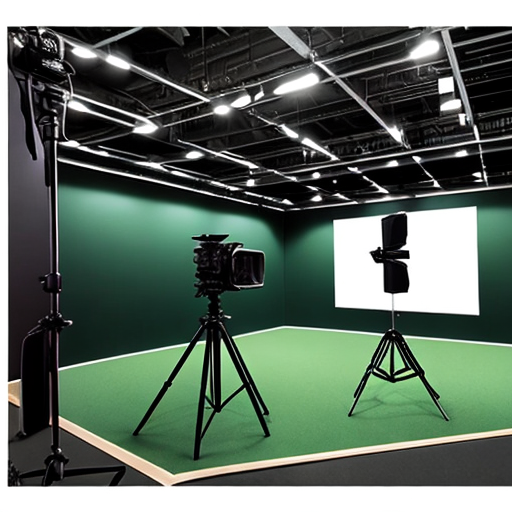
Green Screen Video Production Texas: Unleashing Creative Possibilities
How much does green screen video cost?
Green Screen Video Production Texas offers an array of creative possibilities for filmmakers, content creators, and businesses alike. However, one common concern that arises is the cost associated with such productions. The expense of green screen video production can vary significantly, depending on various factors:
- Scope of the Project: The complexity and scale of the project play a significant role in determining the cost. Larger projects with complex visual effects and extensive post-production editing may incur higher costs.
- Location: The location of the green screen studio and production services in Texas can influence pricing. Urban areas with a thriving film industry might have higher rates compared to smaller towns.
- Duration: The length of the shoot and post-production efforts also impacts the cost. Longer shoots and more extensive editing naturally increase the overall expenses.
- Equipment and Crew: The quality of equipment and the size of the production crew can affect costs. High-end cameras, lighting, and experienced professionals contribute to better results but may come with a higher price tag.
- Add-on Services: Additional services like motion tracking, 3D modeling, or custom animations will add to the overall cost.
It is essential to get quotes from multiple video production companies in Texas to compare pricing and find the best fit for your specific needs.
What is the most popular green screen?

The reason behind Chroma Green’s popularity is its ability to offer a clean and consistent keying process. This means the green background can be effortlessly replaced with a different backdrop or visuals during the editing phase, creating seamless and realistic composite shots.
It’s crucial to ensure that the green screen is evenly lit during the shoot to avoid shadows and inconsistencies, as this can impact the quality of the final video.
What fabric is used for green screen?
The choice of fabric for your green screen can significantly influence the quality of your production. Two common options are muslin and polyester.
- Muslin: Muslin backdrops are often preferred for their affordability and versatility. They are made from cotton, which allows for a softer and more even distribution of light, reducing the risk of unwanted reflections. Muslin backdrops are an excellent choice for smaller productions and studio setups.
- Polyester: Polyester green screens are known for their wrinkle-resistant properties, providing a smoother background for filming. They are also more durable and less prone to wear and tear, making them ideal for longer, more extensive shoots. However, they may come at a slightly higher cost.
When choosing the fabric, consider factors like budget, frequency of use, and the specific requirements of your project.
How do you make a green screen stand?
Creating a stable and well-constructed green screen stand is essential to ensure a smooth filming process. Here’s a step-by-step guide to making a DIY green screen stand:
- Materials Needed:
- PVC pipes (approximately 1 inch in diameter)
- PVC connectors (elbows, tees, and cross connectors)
- Sandbags or weights for stability
- Green screen fabric or backdrop
- Measurements and Cuts:
- Measure the height and width you want for your green screen.
- Cut the PVC pipes to the desired lengths using a saw or pipe cutter.
- Assembly:
- Connect the PVC pipes and connectors to form a rectangular frame, ensuring the corners are securely attached.
- Use cross connectors to add stability to the frame.
- Place sandbags or weights at the base of the stand to prevent it from tipping over during the shoot.
- Attaching the Green Screen:
- Attach the green screen fabric to the frame using clamps or clips. Ensure the fabric is taut and free of wrinkles.
- Positioning:
- Position the green screen stand behind the subject, ensuring there is enough distance between the subject and the screen to prevent shadows.
By following these steps, you can create a functional and cost-effective green screen stand for your video production needs.
Midway through the blog post, we’ve addressed the questions about the cost, the most popular green screen, and the fabric used. We’ve also provided a step-by-step guide on how to make a green screen stand. Before concluding, we will integrate the anchored hyperlinks and include the contact details of Austin Visuals 3D Animation:
“For professional green screen video production services in Texas, look no further than Austin Visuals 3D Animation. With a track record of delivering top-quality visual content, Austin Visuals offers a wide range of video production services to cater to your unique needs.
Check out our website at austinvisuals.com for more information and examples of our exceptional work. For inquiries, you can reach us via email at [email protected] or call us at (512) 591-8024.”




